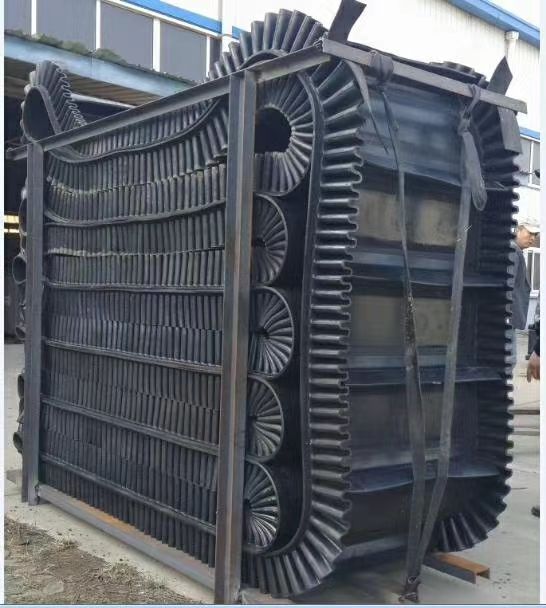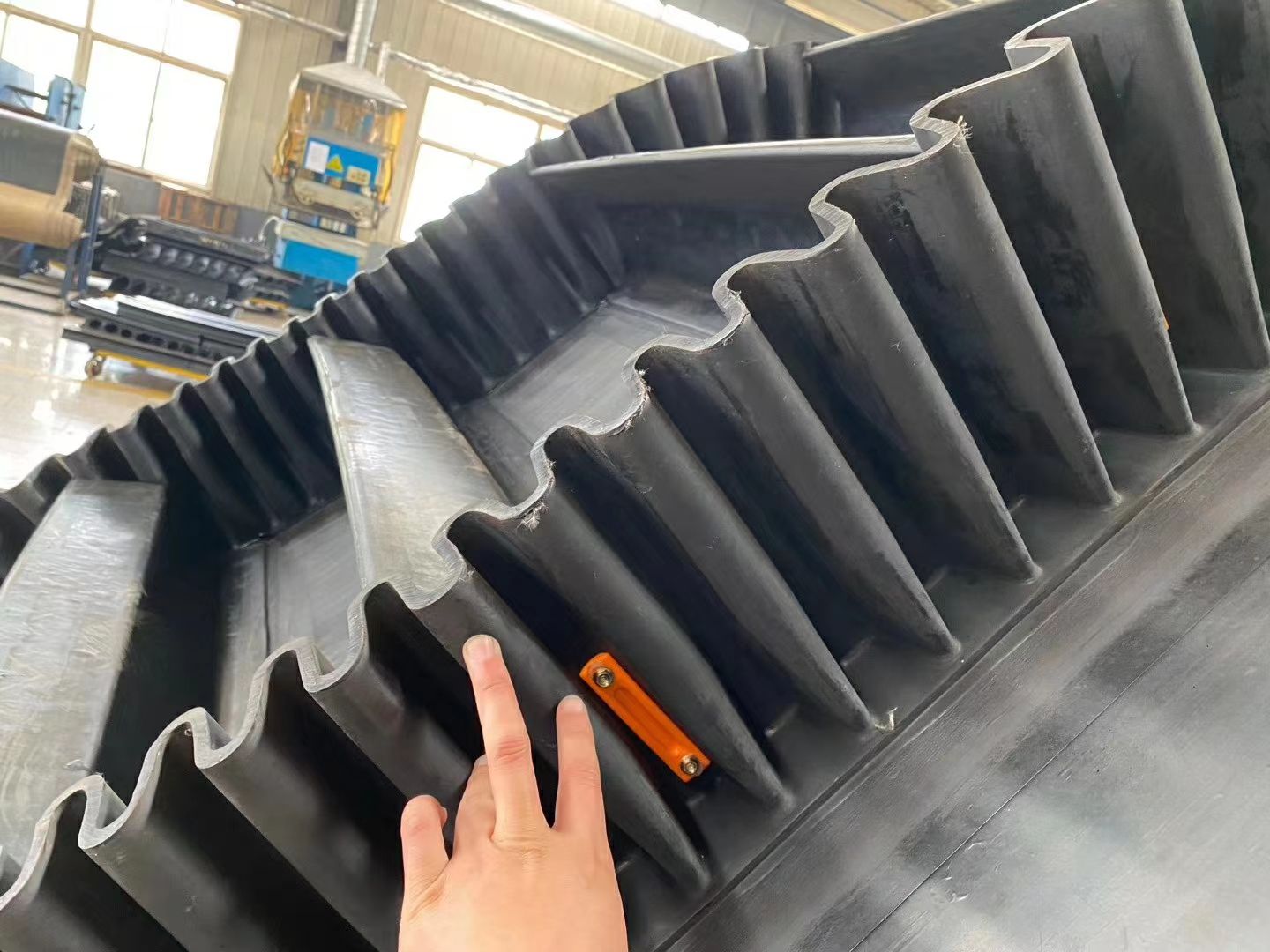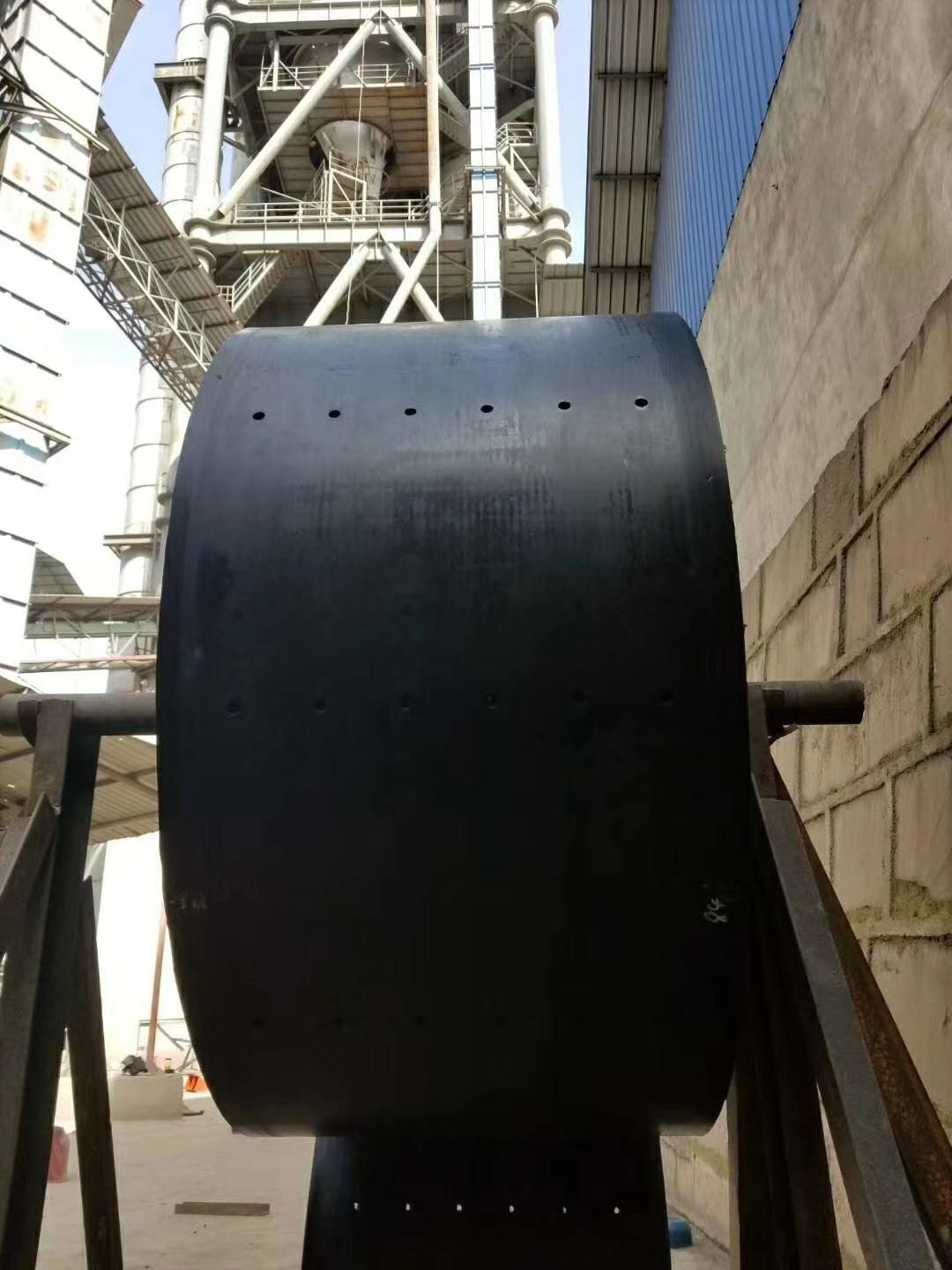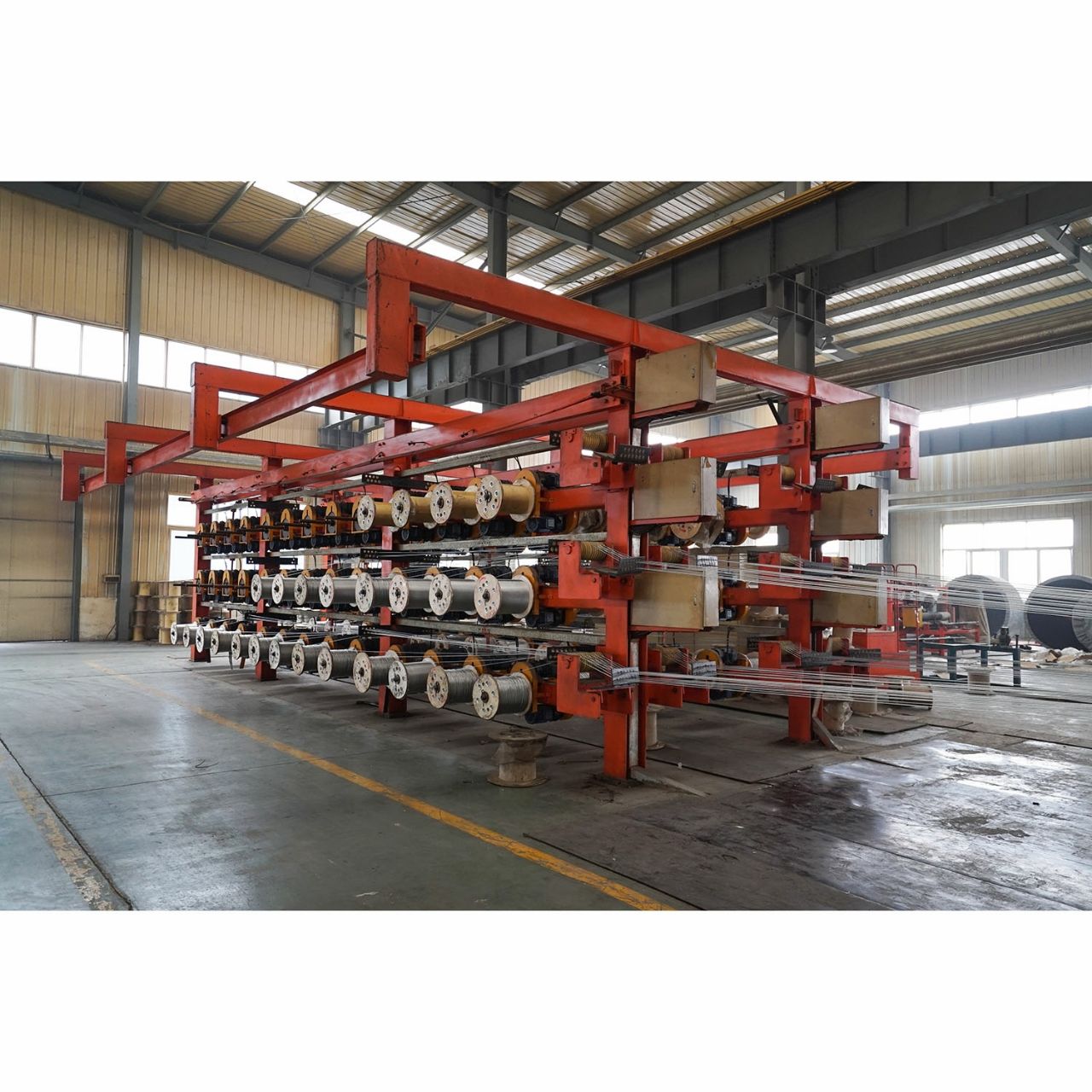‘ABOVE-GROUND’ FIRE RESISTANT TEST METHODS
FIRE RESISTANT STANDARDS AND TEST METHODS as below,
The basis of most tests for belting used in normal industrial applications is EN/ISO 340. This standard makes the distinction between fire resistance (self-extinguishing properties) with covers attached (EN 12882 Class 2A) and fire resistance with or without covers (EN 12882 Class 2B). The relevance of “with or without covers” is that wear reduces the amount of fire-resistant rubber that protects the flammable carcass. Although no longer used in the current EN ISO 340, the market still commonly refers to EN 12882 Class 2A as ‘K’ grade and EN 12882 Class 2B as ‘S’ grade. This originates from DIN 22103 that was used as the basis during the creation of EN ISO 340.


EN/ISO 340 tests involve exposing 6 individual samples of a belt to a naked flame causing them to burn. The source of the flame is then removed. A current of air is then applied to the test piece for a specified time after the removal of the flame. The time it takes for the belt sample to self-extinguish after the flame has been removed is then measured. The duration of continued burning (visible flame) should be less than 15 seconds for each sample with a maximum cumulative duration of 45 seconds for each group of six test samples. This determines how the distance that a fire can be carried by a moving belt.



IMPORTANT SAFETY NOTE
: Deciding on the level of fire retardancy needed for a specific application or environment is of crucial importance. If you are at all unsure of what level of fire resistance you might need then please seek advice. Our team is highly experienced in all aspects of conveyor belting fire safety and will be more than happy to share that experience with you.
